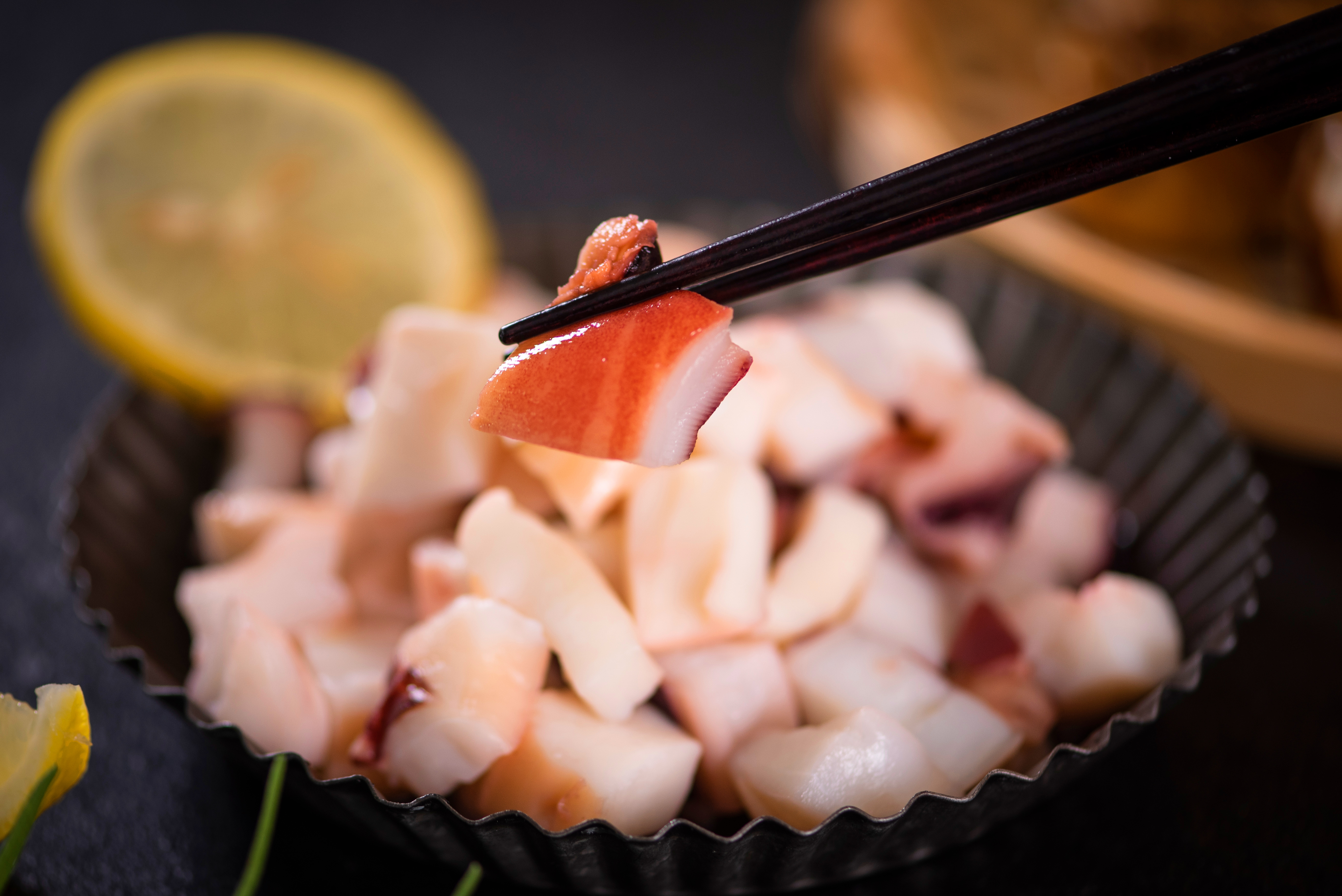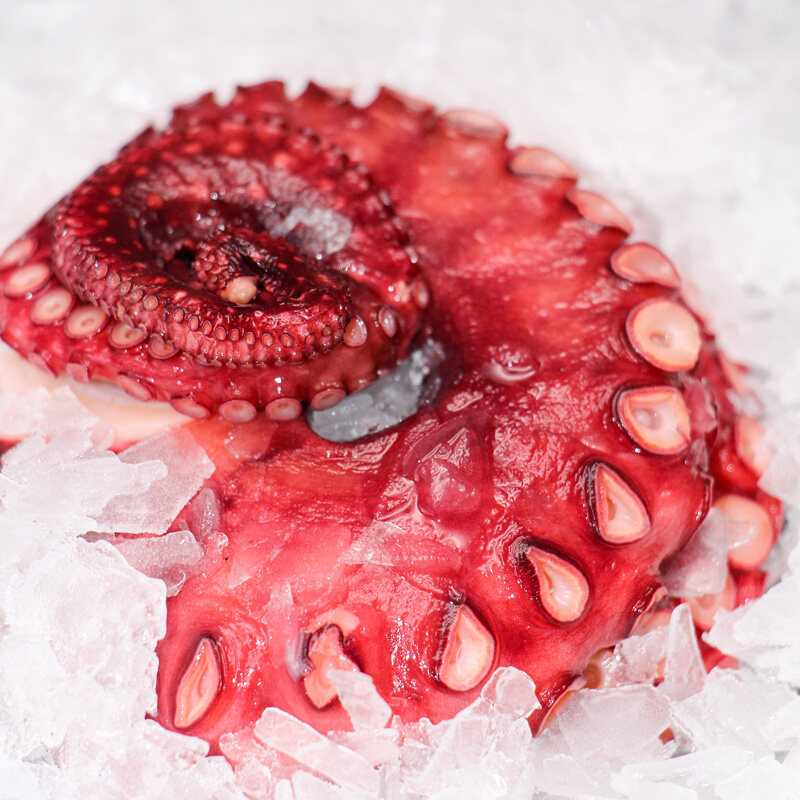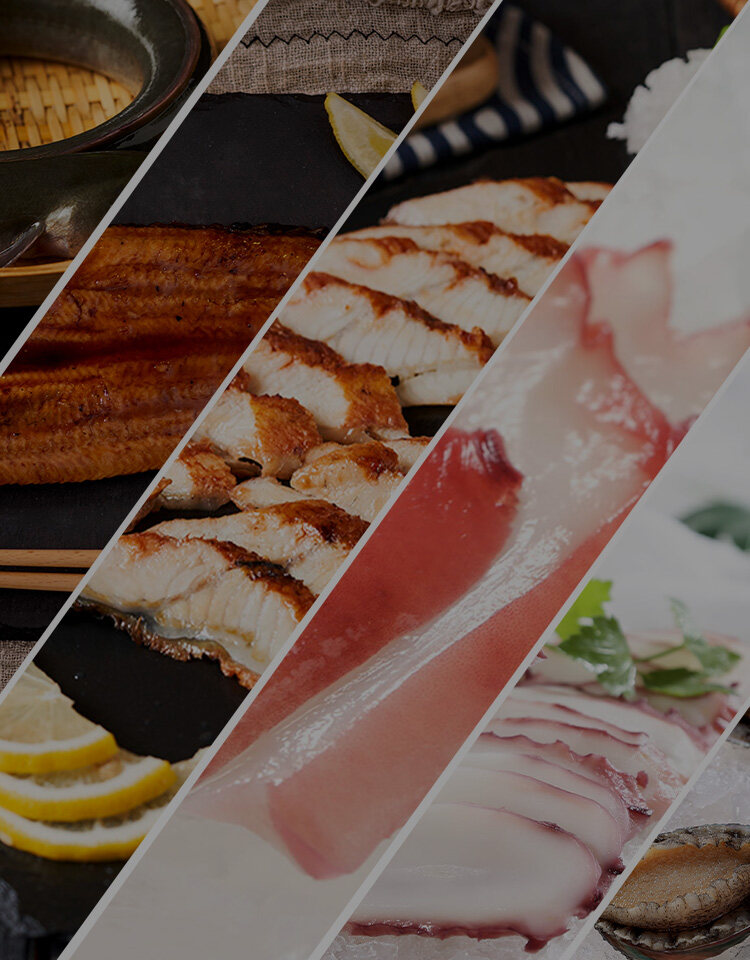Email cannot be empty
Password cannot be empty
Email format error
Email cannot be empty
Email already exists
6-20 characters(letters plus numbers only)
The password is inconsistent
Email format error
Email cannot be empty
Email does not exist
6-20 characters(letters plus numbers only)
The password is inconsistent


How to Import Frozen Seafood from China
If you're looking to import frozen seafood from China, you're entering a global market that offers high-quality products at competitive prices. China is one of the world’s largest producers and exporters of frozen seafood, supplying a variety of fish, shrimp, shellfish, and other marine products to countries around the globe. Whether you're starting a business or looking to diversify your offerings, this guide will help you understand the process, challenges, and tips to successfully import frozen seafood from China.
Understanding the Frozen Seafood Export Market
The Size and Scope of the China Frozen Seafood Export Market
China is a dominant player in the global frozen seafood export market. According to industry reports, China accounts for nearly 40% of the world’s frozen seafood exports. This includes a wide variety of products such as frozen fish fillets, shrimp, octopus, and squid, with the largest markets being the U.S., Japan, Europe, and increasingly, developing markets in Africa and Asia.
The frozen seafood industry in China has grown exponentially due to advancements in technology, extensive fishing zones, and a strong infrastructure for processing and logistics. As a result, businesses seeking to import frozen seafood from China benefit from a broad selection and consistent supply of high-quality products.
China Frozen Seafood Export Market Trends
In recent years, several trends have shaped the China frozen seafood market:
-
Increased Focus on Sustainability: Many frozen seafood exporters in China are adopting sustainable practices, especially concerning overfishing and environmental impact. This trend is driven by consumer demand for eco-friendly products and regulations in export markets.
-
Technological Advancements in Processing: Modern freezing techniques, such as IQF (Individually Quick Frozen), help maintain product quality and extend shelf life. These innovations are particularly important for seafood products, which are highly perishable.
-
Diversification of Offerings: China is producing a broader variety of frozen seafood products. It’s not just about traditional fish and shrimp anymore—exotic seafood like sea cucumbers, urchins, and scallops are gaining popularity.

Finding Reliable Frozen Seafood Suppliers in China
How to Identify Reputable Frozen Seafood Exporters in China
Choosing the right supplier is crucial to ensuring the quality of the frozen seafood you import. Here are a few ways to find reliable suppliers:
-
Online Marketplaces: Websites like Alibaba and Made-in-China host a wide range of frozen seafood exporters. However, it's important to vet suppliers carefully by checking their certifications and reviews.
-
Industry Trade Fairs: Events such as the China Fisheries & Seafood Expo and other international seafood trade shows are excellent opportunities to meet potential suppliers face-to-face, sample products, and discuss terms in person.
-
B2B Platforms and Importer Networks: Consider joining B2B platforms or importer networks like Global Sources or SeafoodTrade. These platforms often provide verified lists of suppliers, making it easier to connect with trustworthy exporters.
Key Certifications and Standards to Look For
When importing frozen seafood, it’s essential that the supplier meets the food safety and quality standards required by your country. Here are some important certifications to look for:
-
HACCP (Hazard Analysis Critical Control Point): This certification ensures that seafood has been handled and processed in compliance with international food safety standards.
-
FDA Approval (for U.S. imports): Suppliers exporting to the U.S. must meet the FDA (Food and Drug Administration) regulations, ensuring the products are safe for consumption.
-
GlobalGAP Certification: This certification focuses on good agricultural practices and includes traceability and sustainability requirements for seafood producers.
The Import Process: What You Need to Know
Step 1: Place Your Order and Negotiate Terms
Once you've chosen a supplier, you'll need to negotiate the terms of the order. This includes deciding on:
-
Product Specifications: Make sure you specify the exact type of frozen seafood you require—be it shrimp, fish fillets, or shellfish. This helps avoid misunderstandings during shipment.
-
Price and Payment Terms: Prices can vary based on the volume and quality of the product. Common payment methods include Letter of Credit (LC), T/T (Telegraphic Transfer), or even PayPal for smaller transactions.
-
Delivery Terms: It's essential to agree on the delivery terms, particularly whether you’ll use FOB (Free On Board) or CIF (Cost, Insurance, and Freight) terms. Under FOB, the seller will deliver the goods to the nearest port, while with CIF, the seller also covers shipping and insurance costs.
Step 2: Verify the Supplier’s Compliance and Documentation
Before finalizing the order, verify that the supplier has the necessary documentation in place:
- Export License: This ensures the supplier is authorized to export frozen seafood internationally.
- Customs Declarations: Ensure the supplier provides all necessary export documents such as invoices, packing lists, and shipping documents.
- Health Certificates: These are essential, particularly for frozen seafood, to prove the product complies with health and safety regulations.
Step 3: Arrange for Shipping and Customs Clearance
Once the product is ready for shipment, you’ll need to work with a reliable logistics partner to handle shipping. Shipping frozen seafood requires careful attention to temperature and time.
-
Refrigerated Shipping: Ensure the supplier uses reefer containers (refrigerated containers) for transportation. These containers maintain a specific temperature to ensure that the seafood stays frozen during transit.
-
Customs Clearance: Make sure your shipping company has expertise in customs clearance for frozen food products. Depending on your destination country, you may need to provide additional documentation such as:
- Phytosanitary Certificates: Required in some countries to verify that the seafood is free from pests.
- Origin Certificates: To prove the product comes from China.
Step 4: Receive Your Shipment and Perform Quality Checks
Once your frozen seafood arrives, it’s time to inspect the products for quality and compliance with the terms of your order. Common quality checks include:
- Temperature Check: Ensure that the products have been kept at the right temperature during shipping.
- Visual Inspection: Look for any signs of damage or contamination, such as freezer burn or discoloration.
- Product Sampling: Depending on your order volume, it’s a good practice to take random samples and perform laboratory testing for quality control.
Challenges in Importing Frozen Seafood from China
While importing frozen seafood can be lucrative, it’s not without its challenges. Here are some of the common issues importers face:
-
Regulatory Compliance: Every country has different food safety and import regulations. It’s vital to stay informed about these regulations to avoid shipment delays or rejected goods.
-
Shipping Delays: International shipping can be delayed due to weather, port congestion, or other unforeseen circumstances. These delays can affect the quality of frozen seafood, so it’s important to work with a reliable logistics company.
-
Currency Fluctuations: The exchange rate between your local currency and the Chinese Yuan can fluctuate, affecting the final cost of goods. It’s wise to factor this into your pricing structure.
Why Importing Frozen Seafood from China is a Smart Business Move
Importing frozen seafood from China offers numerous benefits, including access to a diverse range of high-quality products at competitive prices. By following the right steps—finding reputable suppliers, understanding market trends, and navigating the import process—you can ensure a successful and profitable import business.
Whether you're a restaurant owner, a seafood distributor, or a retailer looking to expand your product line, China’s frozen seafood export market offers endless opportunities. By staying informed and working with trusted suppliers, you can meet the growing demand for seafood while enjoying the cost-effective advantages of sourcing from one of the world’s largest producers.

